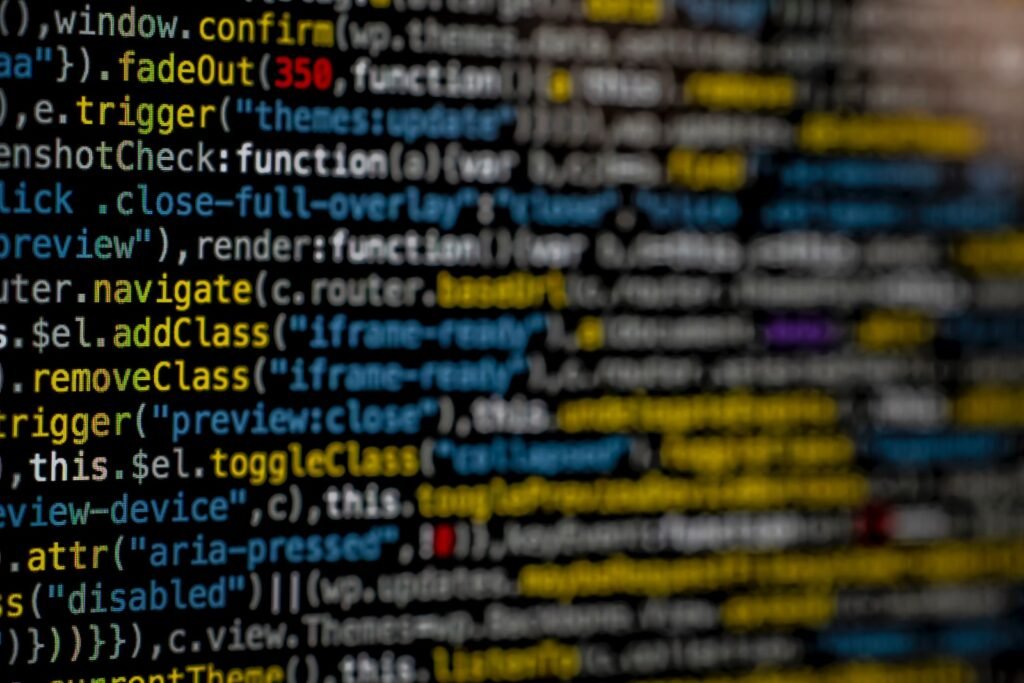
IoT allows for remote control of household appliances like air conditioners, lighting, locks and thermostats with the use of an app. Furthermore, this technology has become popular within healthcare industries to enhance data analytics capabilities.
Wearable IoT devices can track your heart rate, sleep patterns, exercise regimen, and more. Businesses can leverage IoT to monitor supply chains, assess customer behavior and feedback analysis, as well as perform predictive maintenance services.
Sensors
Sensors transform physical properties into actionable data that can be utilized. Sensors are essential in making the Internet of Things function. A good sensor enables your smart thermostat to turn on automatically before you arrive home and turn off automatically before your wake up time, makes light bulbs dim when no one is present in a room, monitors fuel levels for your car in case it runs low on gas, alerts waste management team when its time to empty trash cans, etc.
Most sensors are relatively straightforward devices that function similarly: they convert physical phenomena into an analog voltage or digital signal that can be amplified and processed by devices, like temperature sensors. A temperature sensor converts sunlight exposure changes into an observable current current that it transmits via the internet to other devices.
Sensors are used in various personal and medical devices. Fitness trackers utilize sensors to measure steps taken, calories burned and quality of sleep while baby monitors use them to keep an eye on infant vital signs. IoT-enabled cars also benefit from sensors; sharing vehicle and traffic information between vehicles as well as sharing it with roadside assistance systems or navigation apps.
Gateways
Virtually all data collected by sensors and devices pass through an IoT gateway before being uploaded to the cloud or used. For example, with respect to smart refrigerators, this may include information regarding energy usage or operating status – helping remotely manage them to reduce maintenance costs and downtime.
Gateways also help enhance IoT device security. By acting as an intermediary between the device and the Internet, they protect it from cyberattacks – an essential function for small businesses unable to afford costly cybersecurity staff. Gateways can be configured so as only sending data when conditions change or triggering alerts on device screens in case threats are detected.
IoT gateways are unsung heroes of the Internet of Things. Used across industries and settings ranging from smart cities and industrial environments to healthcare and agriculture, they play a pivotal role in connecting devices that facilitate connectivity to one another.
For instance, in the automotive industry IoT gateways enable cars to communicate with each other, upload collision and mechanical problems directly to service centers for repair, and give drivers real-time road advice. Meanwhile, healthcare IoT gateways connect medical devices like blood glucose monitors and vital signs monitoring equipment with central platforms for analysis, so doctors can track a patient’s progress over time and make informed decisions based on this data.
Edge devices
IoT edge devices collect and process sensor data before sending it to the cloud, providing faster delivery with reduced bandwidth consumption. In addition, these edge devices enable various services like real-time tracking and predictive maintenance.
These smart devices include smart appliances, lights, thermostats, security cameras and voice assistants that allow users to remotely manage and monitor their homes for increased comfort and energy efficiency. For instance, smart thermostats can automatically adjust to optimize heating and cooling usage while lights can be set to turn on/off at specific times for reduced energy usage.
Transportation is another common use case of IoT technology. Sensors on vehicles detect mechanical issues or collisions, upload the data to a central server where a service advisor can dispatch a mechanic or call an ambulance based on that data. IoT-enabled parking systems detect available spaces and send this information out directly to drivers – helping reduce traffic congestion while making it easier for passengers to locate their cars.
IoT sensors can also be applied in industrial settings, including visual inspections in manufacturing. This helps reduce production downtime, improve uptime and automate workflows. Furthermore, the IoT can track inventory levels real-time allowing businesses to avoid stockouts while providing detailed weather information to help manufacturers determine ideal production conditions.
Analytics
IoT sensors convert real-world information into data that can be shared and interpreted, sending it off to a central cloud-based system from which users can access and analyze it from anywhere via smartphone or computer. From here, insights are gained which allow decision making, automation tasks, efficiency improvement and downtime reduction to take place seamlessly.
At home, IoT devices such as smart thermostats, intelligent lights and security systems help save energy by helping reduce consumption. They can detect when your washing machine overflows or your detergent runs low – alerting you on the phone so as to avoid expensive repair bills. In addition, other IoT technology, such as window and door contacts, motion detectors as well as heat, smoke and water sensors help safeguard your home security.
One IoT application involves remotely tracking and monitoring business-related activities remotely. This feature is especially beneficial in manufacturing and industrial automation environments; GPS and RFID technologies make this possible for tracking products from production through distribution to their final store destination, collecting information such as product condition, travel time, environmental exposures of products as they travel there.
Other IoT applications can be more personal, such as wearable devices that monitor your health. These devices can track your activity and provide real-time data directly to you or your physician, helping to maintain a healthier lifestyle with setting goals and monitoring health status; IoT devices may even warn if potential risks like heart attacks or strokes arise.


